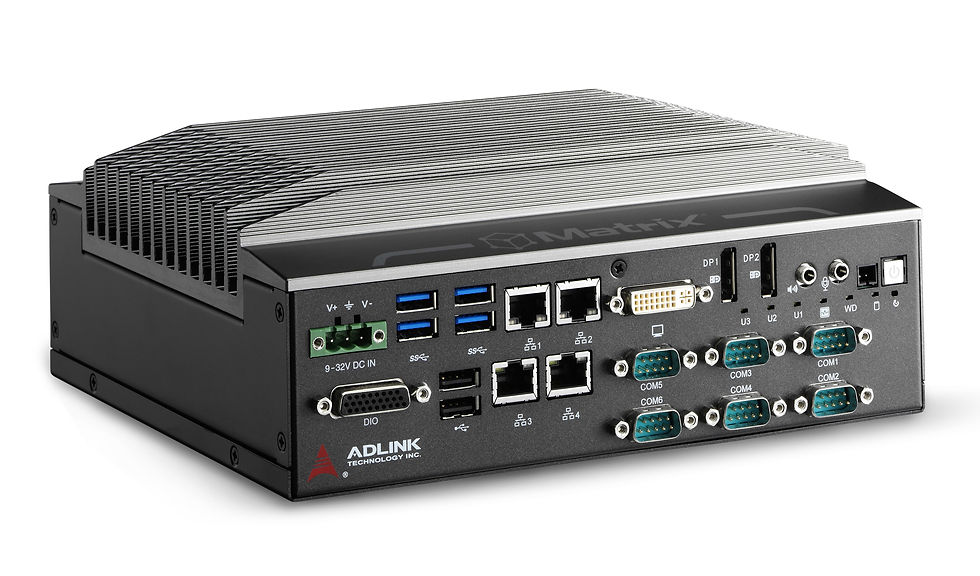Best Practices and Essential Gear for Construction Site Safety
- joddiemarshall6
- Aug 21, 2024
- 3 min read

Introduction to Construction Site Safety
Construction sites are inherently dangerous places, with numerous potential hazards lurking at every turn. Ensuring the safety of workers and visitors is paramount, as well as implementing robust site safety measures and using appropriate equipment. This blog post delves into the best practices and must-have safety gear for construction sites, providing you with comprehensive insights to maintain a secure environment.
Understanding the Significance of Safety Equipment
Safety equipment in construction is not just a regulatory requirement—it is a crucial element that preserves life and limb. The right gear can significantly reduce the risk of accidents and injuries, helping projects stay on schedule and under budget by minimizing downtime.
Personal Protective Equipment (PPE): Helmets, safety glasses, high-visibility clothing, and steel-toed boots protect against everyday hazards.
Fall Protection Gear: Harnesses, nets, and lifelines are essential for preventing fall-related injuries.
Respiratory Protection: Masks and respirators are vital in environments with dust, fumes, or toxic vapours.
Critical Safety Equipment Every Construction Site Must Have
For those managing or setting up a construction site, investing in the right equipment is non-negotiable. Here’s a list of essential safety tools and gear every site should possess:
Hard Hats: Protect against head injuries from falling objects.
Eye Protection: Safety goggles or face shields to guard against flying debris.
Hearing Protection: Earplugs or earmuffs to protect against long-term hearing loss in noisy environments.
Protective Gloves: Varied types suited for handling different materials.
Visibility Vests: Crucial for maintaining visibility, especially in poorly lit areas or during night work.
Innovations in Safety Gear: Enhancing Construction Site Safety
The evolution of safety equipment has brought advanced solutions that offer better protection and usability:
Smart Helmets: Integrated with IoT technology for vital sign monitoring and incident response.
Advanced Materials: Lightweight yet durable materials that offer comfort without compromising safety.
Augmented Reality (AR) Safety Glasses: Provide real-time information about hazards in the wearer’s field of vision.
Best Practices for Safety Management on Construction Sites
Implementing a culture of safety goes beyond just providing equipment. It involves training, awareness, and continuous improvement:
Regular Safety Training: Ensures that all workers know how to use safety equipment properly and are aware of the latest safety protocols.
Daily Safety Briefings: Kick-off each day with a focus on safety to reinforce its importance and discuss any specific concerns.
Incident Reporting Systems: Encourage reporting of all incidents, no matter how minor, to improve future safety measures.
Creating a Safe Construction Environment
The ultimate goal of integrating safety equipment and best practices is to create a secure and efficient working environment. Key strategies include:
Zone-based Safety Protocols: Tailor safety measures to specific areas of the site, recognizing the unique hazards each presents.
Regular Equipment Checks: Routine inspections ensure that all safety gear is in optimal condition and replace any equipment that fails to meet safety standards.
Emergency Response Plans: Prepare and regularly update plans to handle potential emergencies swiftly and effectively.
Conclusion: A Commitment to Safety
Construction site safety is an ongoing commitment that requires diligence, foresight, and a proactive approach. By investing in the best safety equipment and adopting rigorous safety practices, construction managers can protect their workforce and ensure compliance with industry standards. Remember, a safe construction site is the foundation of a successful project.
Enhancing safety on construction sites not only protects individuals but also builds a reputation for reliability and responsibility, attracting more business and fostering a positive working environment. By prioritizing safety, construction companies can achieve their project goals more efficiently and with fewer interruptions.



Comments